
Essential PPE in the Food Industry: What You Need to Know
Overwhelmed by PPE options for food safety? Master your PPE selection for food workers safety with these practical tips.

Get 20€ off on your first order!

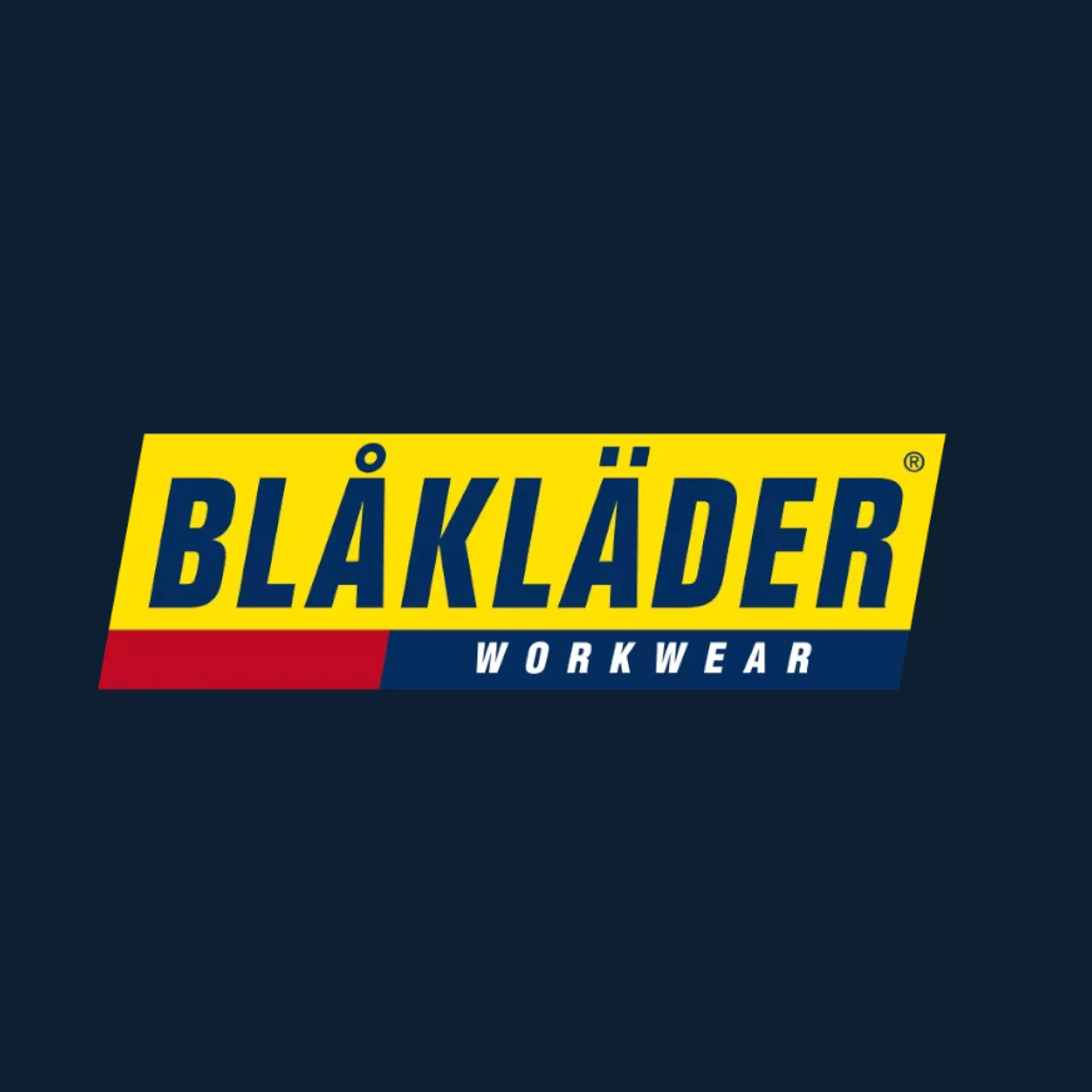
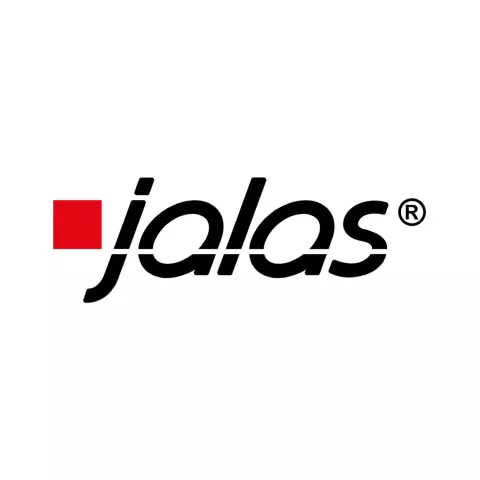
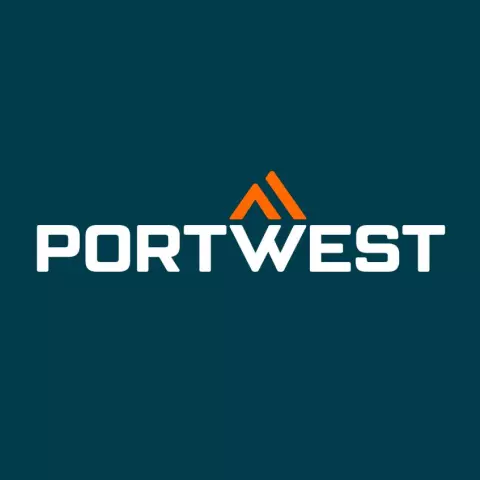

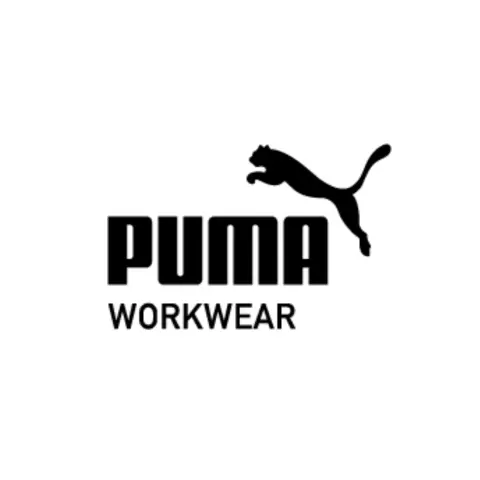

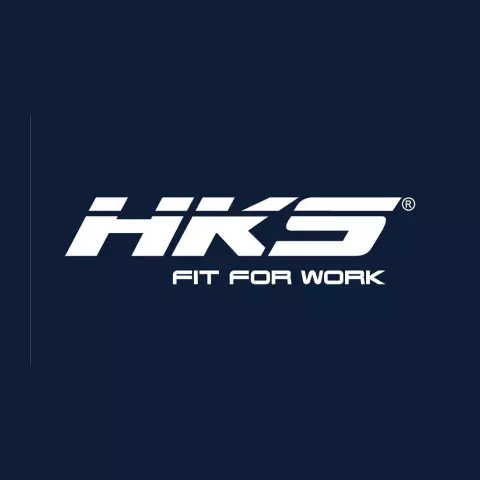


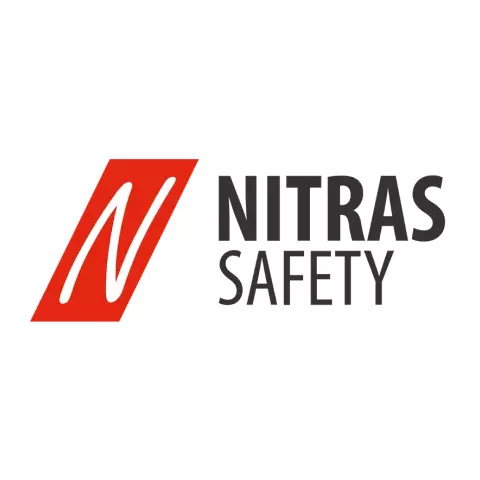




















In industrial settings, safety is the top priority. Whether you’re working in construction, manufacturing, or any other high-risk sector, ensuring the well-being of workers is essential. The right industrial safety equipment (ISE) plays a crucial role in mitigating risks and protecting employees from injuries. This guide provides a comprehensive overview of how to choose the best industrial safety equipment, focusing on the specific requirements of the European market.
Industrial safety equipment refers to various tools, devices, and clothing that protect workers from injury or harm. It can include everything from personal protective equipment (PPE) like helmets and gloves to more specialized safety systems like fire suppression systems or safety barriers. Proper selection and use of this equipment are vital in preventing accidents and ensuring compliance with safety regulations.
In Europe, workplace safety is governed by strict standards and regulations, including those set by the European Union (EU) and national safety organizations. These regulations are designed to minimize workplace hazards and ensure that employees are adequately protected.
Often, PPE is the first line of defence against dangers at work. It has a lot of different kinds of gear that is meant to keep the body safe from getting hurt or sick in dangerous situations. Important types of PPE are:
For workers at height or in environments with elevated platforms, fall protection equipment is essential. This includes:
Severe health problems can result from contact to airborne pollutants such dust, fumes, gases, or chemicals. Environment with such hazards need for respiratory protective equipment (RPE). It incorporates:
Workplace accidents can happen unexpectedly, and having the right emergency equipment is essential for mitigating injuries. This includes:
Fire hazards cause great worry in industrial settings. Appropriate fire safety tools enable prompt reaction in case of an emergency and help to reduce the effects of fires. This incorporates:
Preventing accidents depends on clearly marked warning systems and signage. These solutions enable staff members to follow safety protocols and be vigilant to hazards. Typical safety signs comprises:
One should do a careful risk analysis before choosing safety gear. List the particular hazards seen in the workplace, including:
Once the risks have been identified, select equipment that effectively mitigates these dangers.
Safety gear sold in Europe must to follow pertinent EU rules and requirements. Important governing authorities include:
Ensure that the equipment you choose is CE marked, indicating that it meets these European standards.
Industrial safety equipment should be durable and reliable. Look for products made from high-quality materials that can withstand the rigors of a demanding work environment. Consider factors such as:
Particularly in physically demanding tasks, safety gear should be comfortable to wear for long periods. Uncomfortable and less effective is poorly fitting equipment. guarantee that:
Workers need sufficient training to use any safety equipment, else it won’t do its job. To ensure that safety gear is properly used, maintained, and stored, proper training must be provided. Making sure that employees know what to do in an emergency can be achieved through regular safety exercises and refresher courses.
Maintaining a safe workplace depends critically on selecting appropriate industrial safety gear. Through careful risk analysis, guarantees of European compliance, and choice of durable, comfortable, and high-quality equipment, you can guard employees from injury and guarantee your company satisfies legal criteria. Maximising the efficacy of your safety gear also depends critically on regular training and maintenance.
Whether you’re responsible for managing safety in a large industrial facility or a small workshop, this guide should help you make informed decisions that prioritize the health and well-being of your workforce. Safety is not just a legal requirement but a critical investment in the long-term success of your business
Thank you! You've signed up for our newsletter.









Overwhelmed by PPE options for food safety? Master your PPE selection for food workers safety with these practical tips.
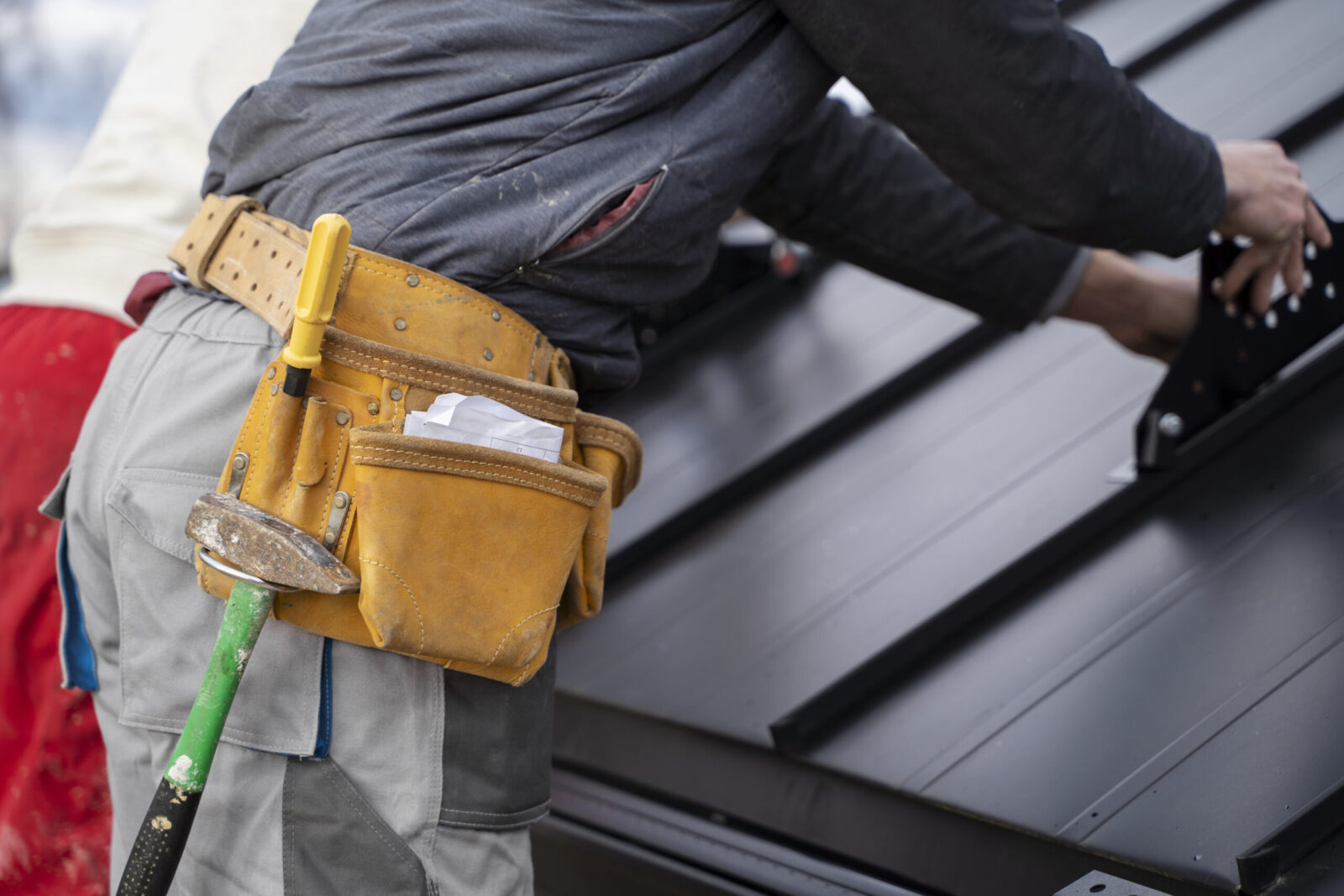
Roofing is one of the most hazardous professions in the construction sector, with falls from heights accounting for a significant...
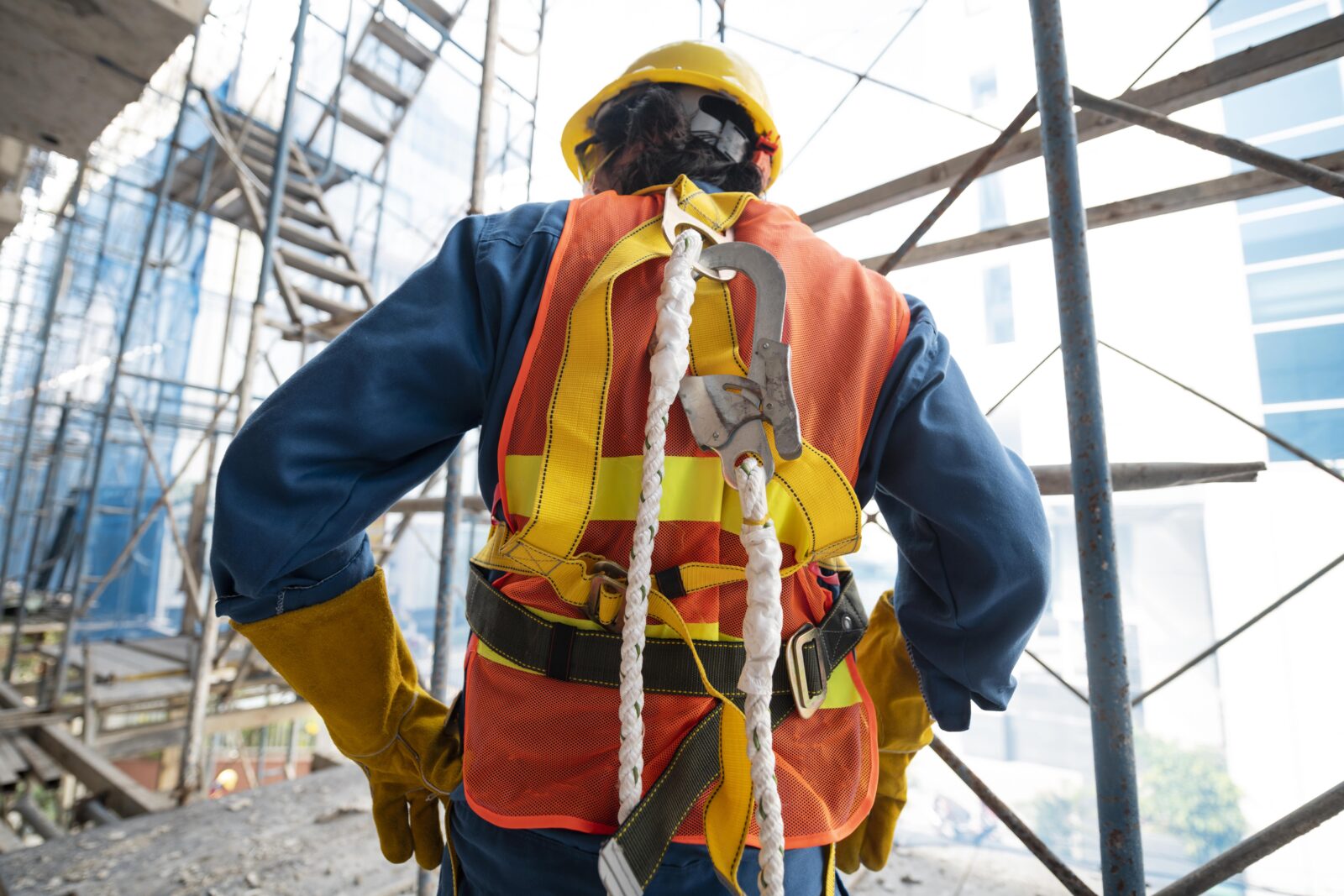
Making sure workers are safe is very important in construction. Choosing the right construction safety equipment is very important for...

Overwhelmed by PPE options for food safety? Master your PPE selection for food workers safety with these practical tips.

Roofing is one of the most hazardous professions in the construction sector, with falls from heights accounting for a significant...

Making sure workers are safe is very important in construction. Choosing the right construction safety equipment is very important for...
Get 20€ off on your first order!
Save 30% by buying directly from brands, and get an extra 10€ off orders over €100
Save 30% by buying directly form brands, and get an extra 10€ off orders over €100